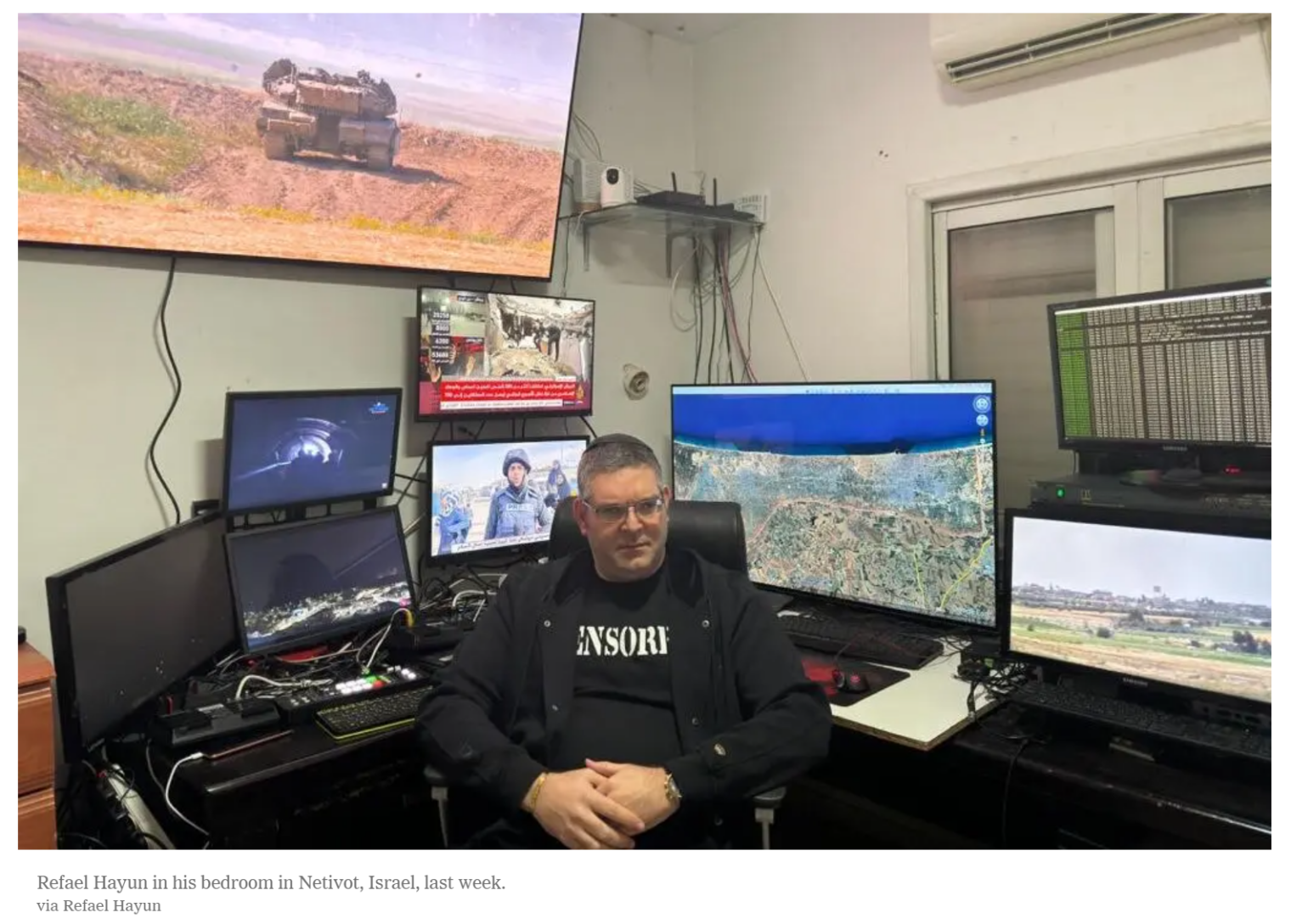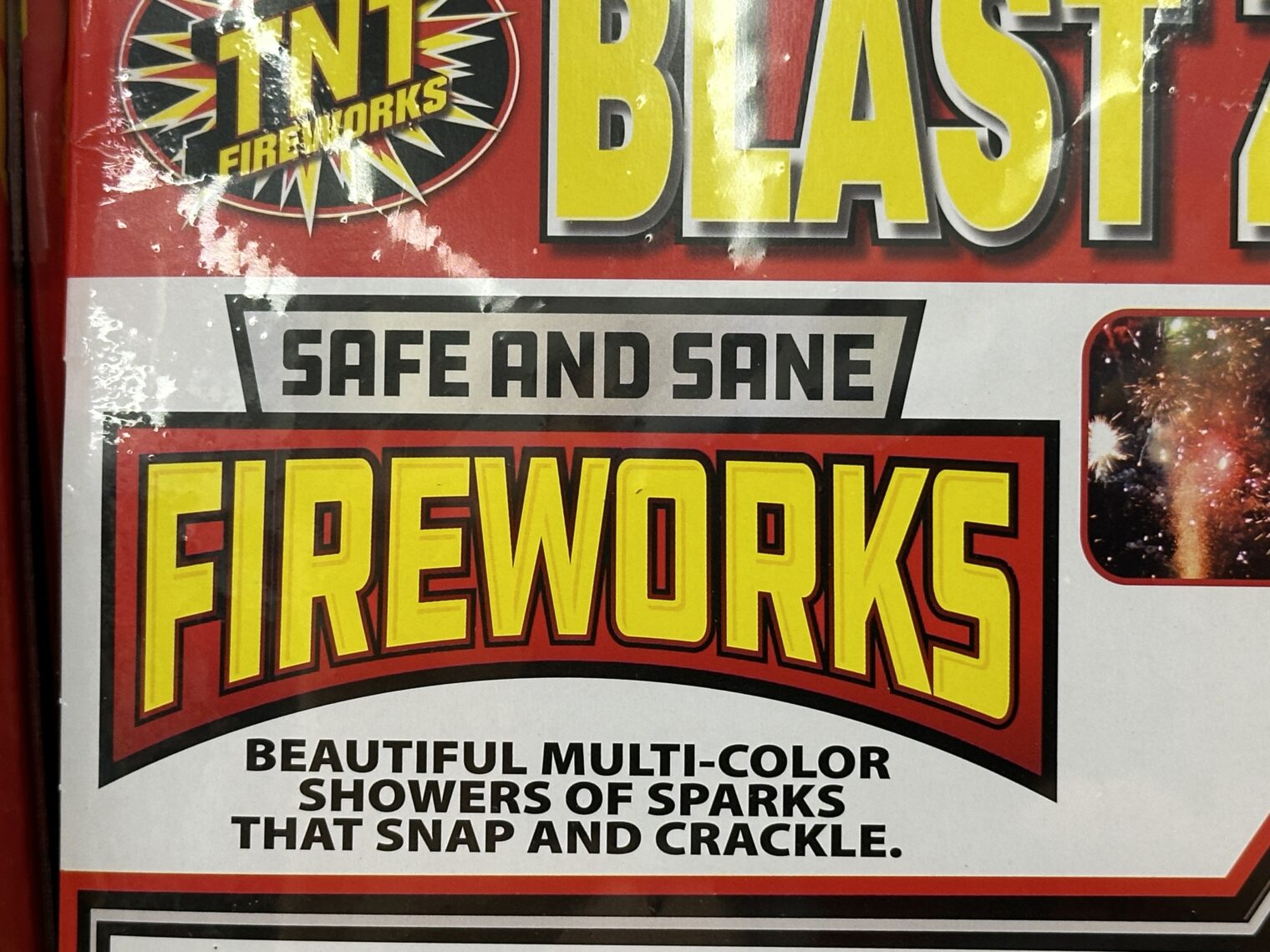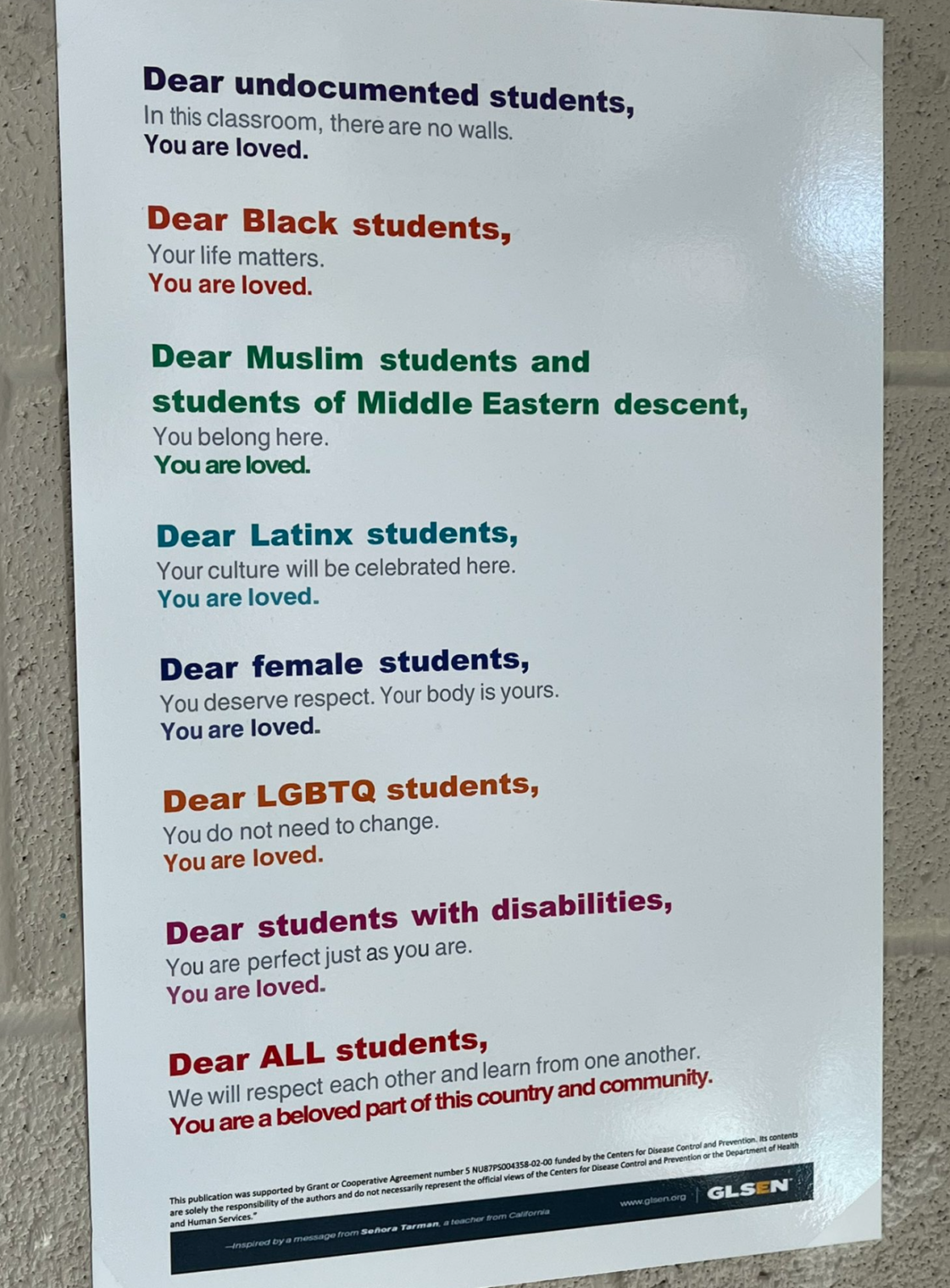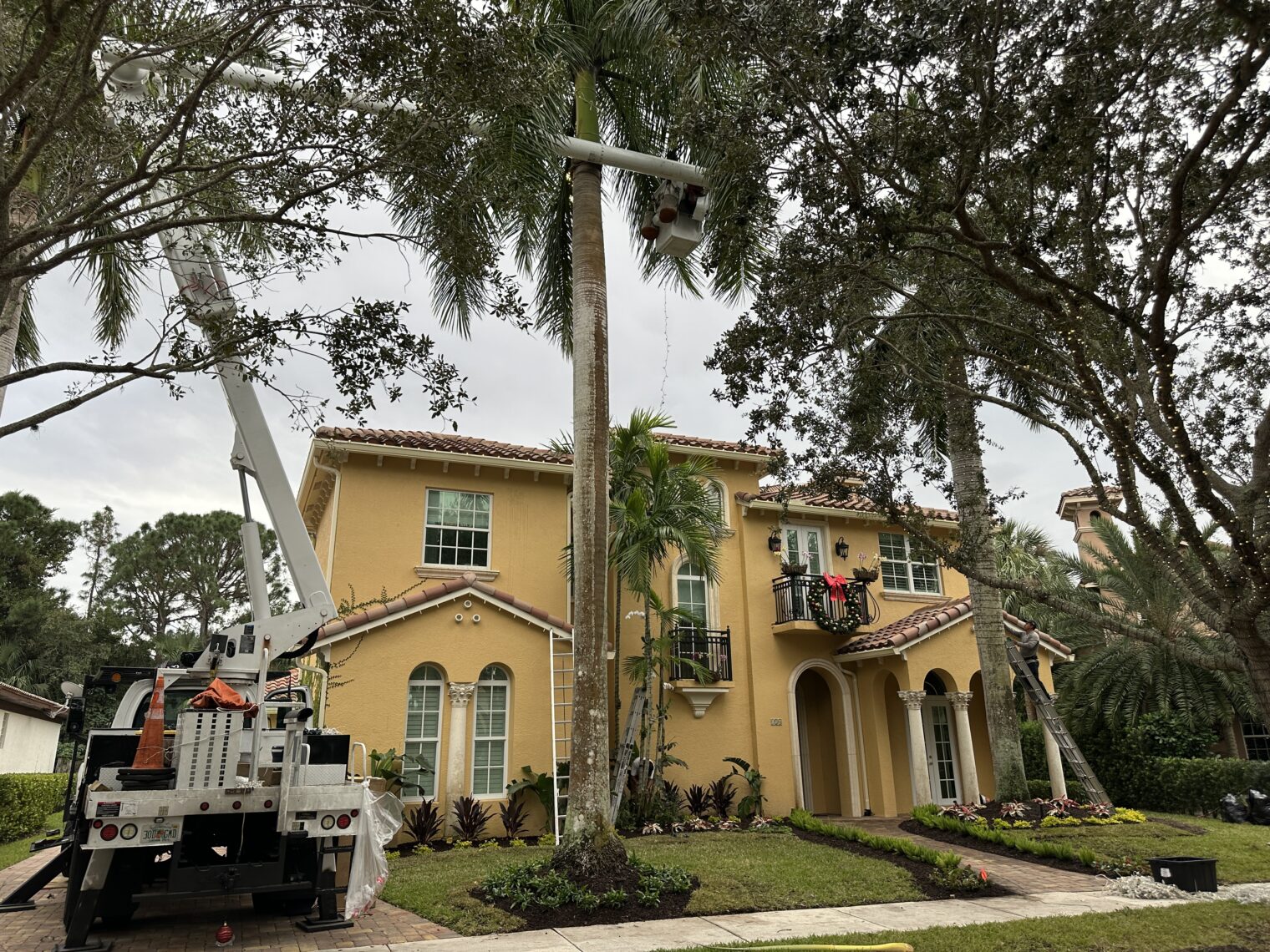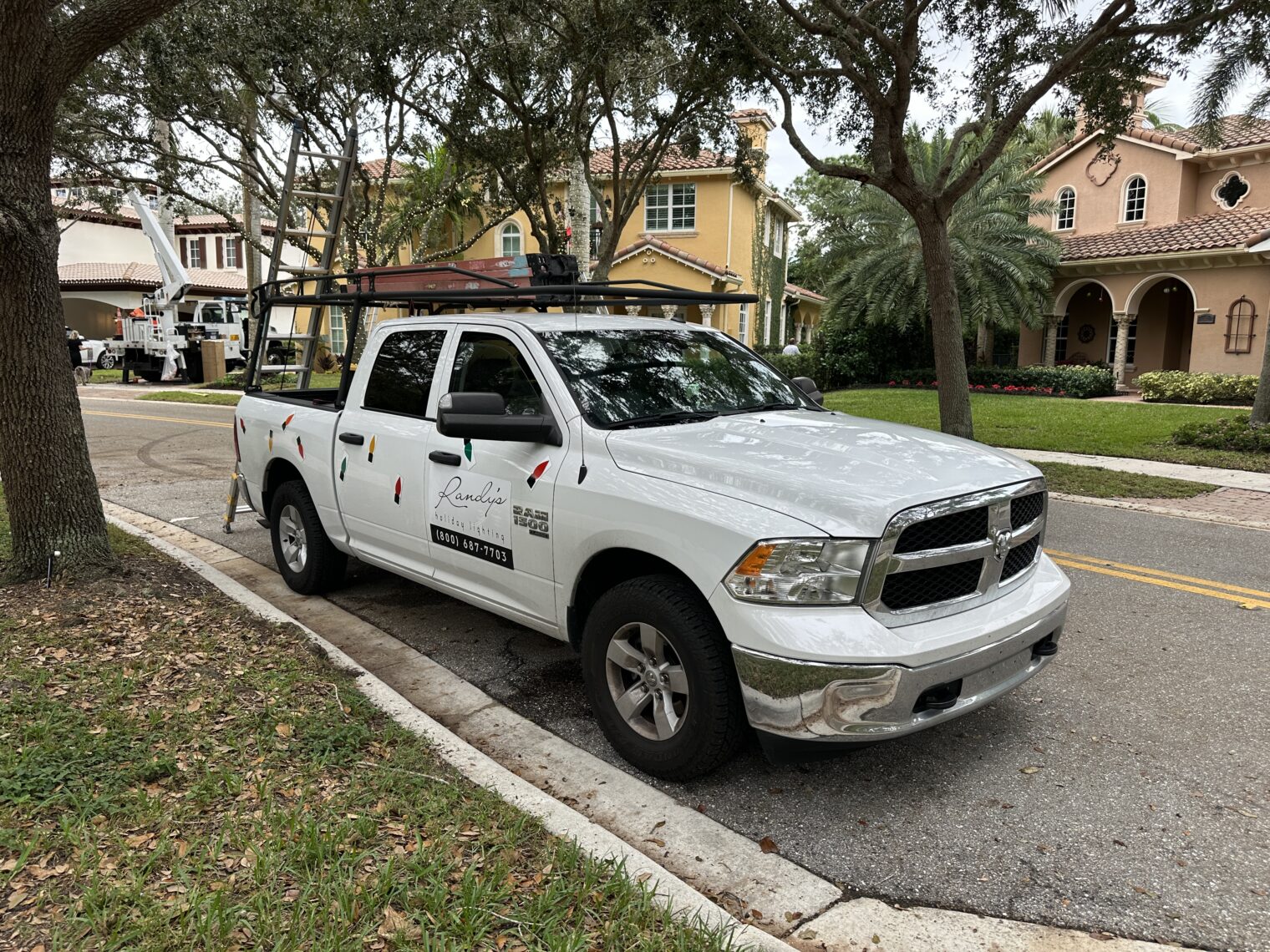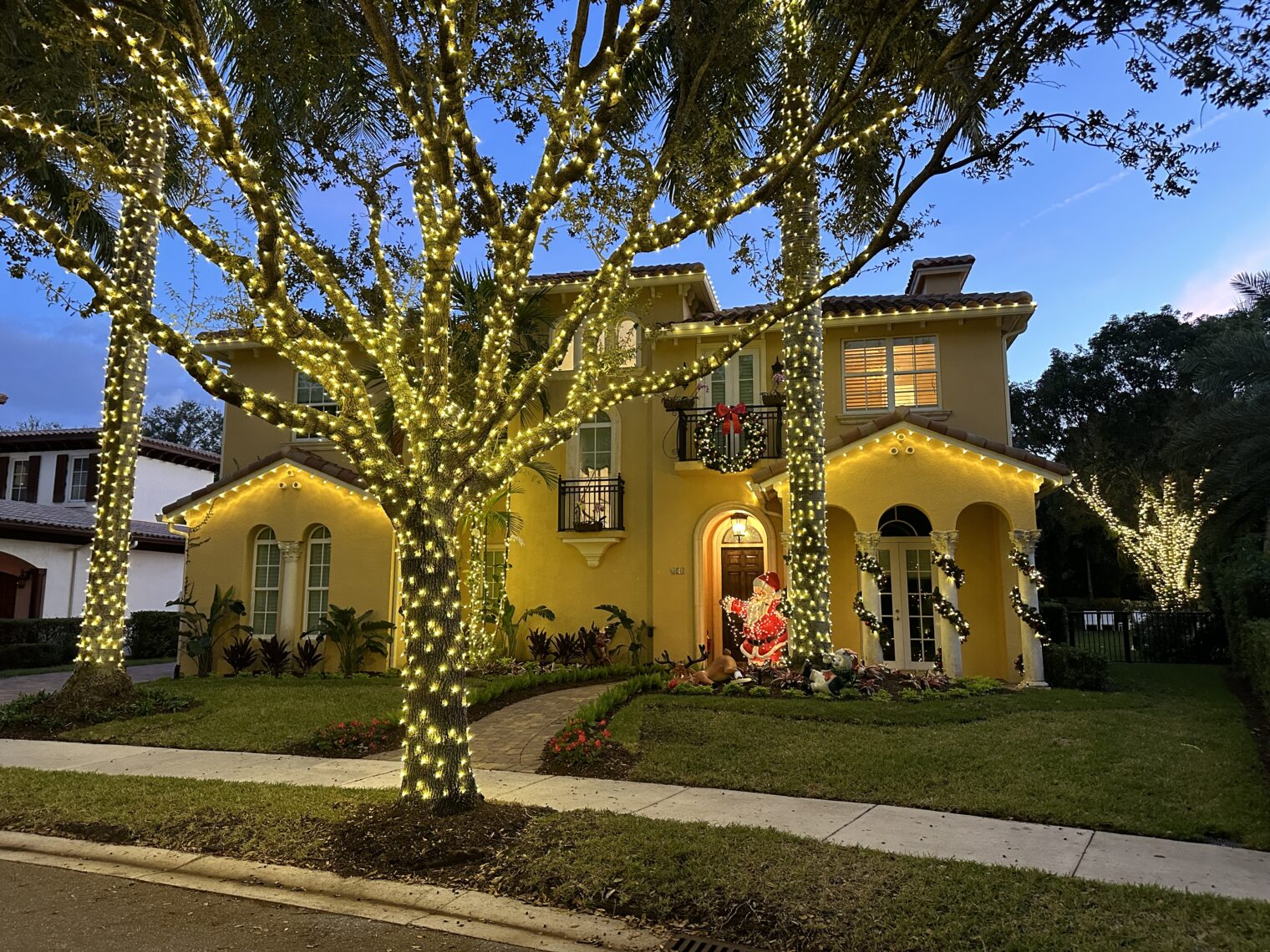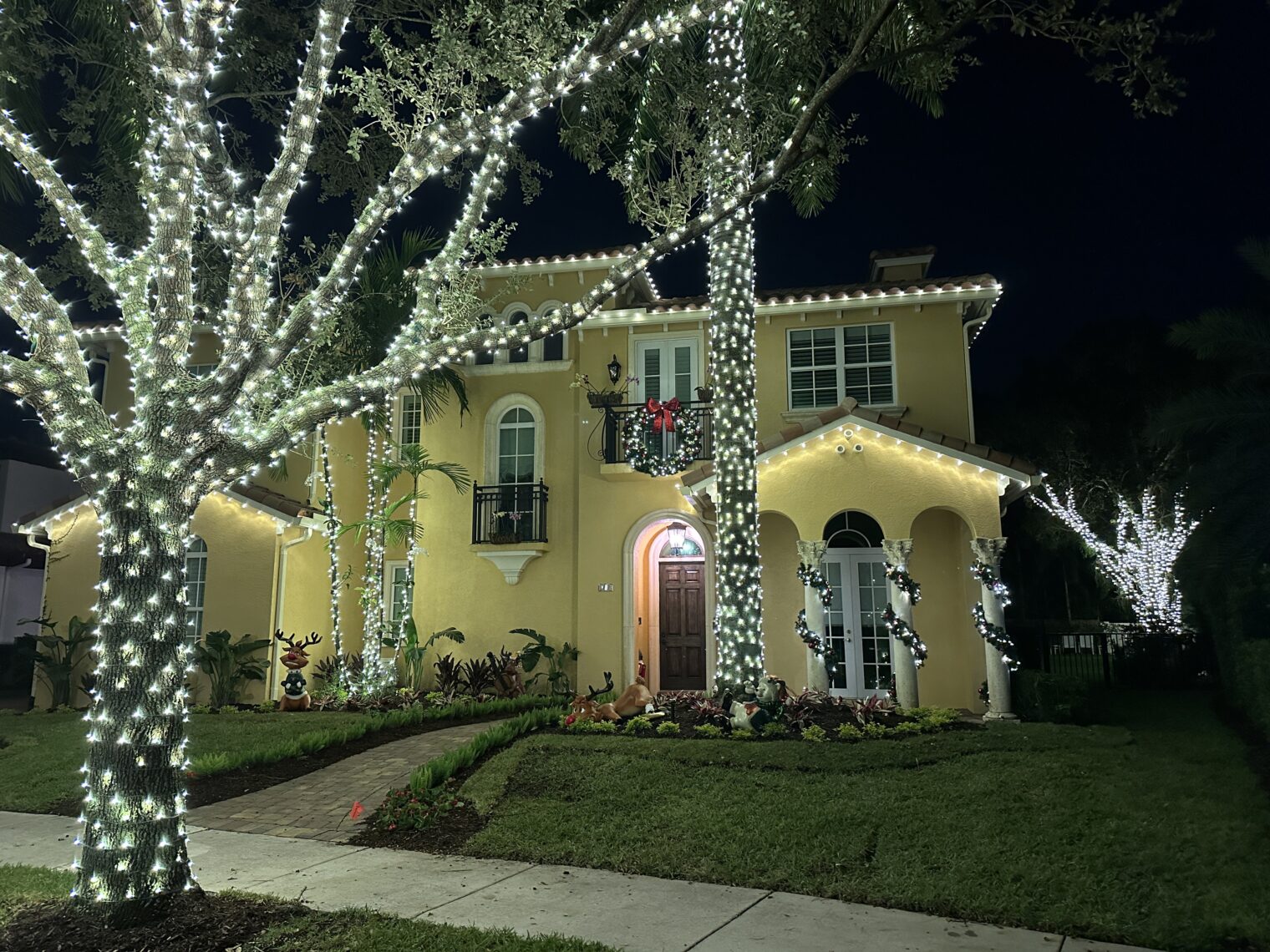Israel’s ponderous conventional military on October 7
This one goes into the Department of Important, but Depressing… I had been wondering why most of Israel’s attack helicopters, at least, weren’t on the scene on October 7 within an hour or two. (Though Wikipedia reminds us that an attack helicopter isn’t the best tool for an ambiguous situation:
In September 2015, an Egyptian Apache attacked a group of foreign tourists in the Western Desert, killing 12 people and injuring 10. The AH-64s fired at the civilians with rockets and 30mm machine guns for several hours, even though survivors said they waved the white flag. The Egyptian Interior Ministry stated that the group, whom were mistaken for militants, were in a restricted area. The tourists were reportedly accompanied by Egyptian police, and their vehicles were marked with logos of the tourist company.
The situation on Oct 7 was confusing because the invaders included armed men in an array of uniforms (including “no uniform”) and some “Gaza civilians” in civilian clothes).
Today’s New York Times also tries to figure out why the powerful IDF was so ponderous and ill-prepared for what in retrospect seems like an obvious hazard (the Islamic Resistance Movement (“Hamas”) and Palestinian Islamic Jihad both having publicly proclaimed their intent to kill Israelis, take over Israel, etc.). “On Oct. 7, Hamas terrorists made attacking Israel look easy.” (non-paywalled version, but the extensive videos from Hamas bodycams don’t work):
The full reasons behind the military’s slow response may take months to understand. The government has promised an inquiry. But a New York Times investigation found that Israel’s military was undermanned, out of position and so poorly organized that soldiers communicated in impromptu WhatsApp groups and relied on social media posts for targeting information. Commandos rushed into battle armed only for brief combat. Helicopter pilots were ordered to look to news reports and Telegram channels to choose targets.
And perhaps most damning: The Israel Defense Forces did not even have a plan to respond to a large-scale Hamas attack on Israeli soil, according to current and former soldiers and officers. If such a plan existed on a shelf somewhere, the soldiers said, no one had trained on it and nobody followed it. The soldiers that day made it up as they went along.
Previously undisclosed documents reviewed by The Times show just how drastically the military misread the situation. Records from early in the day show that, even during the attack, the military still assessed that Hamas, at best, would be able to breach Israel’s border fence in just a few places. A separate intelligence document, prepared weeks later, shows that Hamas teams actually breached the fence in more than 30 locations and quickly moved deep into southern Israel.
Hamas fighters poured into Israel with heavy machine guns, rocket-propelled grenade launchers, land mines and more. [corroborated by the fact that they managed to kill at least one tank crew] They were prepared to fight for days. Israeli commandos apparently believed they would be fighting for just hours; one said he set out that morning without his night-vision goggles.
The small size of the teams suggested that commanders fundamentally misunderstood the threat. Troops rolled out with pistols and assault rifles, enough to face a band of hostage-taking terrorists, but not to go into full-scale battle. … “The terrorists had a distinct tactical advantage in firepower,” said Yair Ansbacher, 40, a reservist in a counterterrorism unit who fought on Oct. 7. He and his colleagues mainly used pistols, assault rifles and sometimes sniper rifles, he said.
Davidi Ben Zion, 38, a major in the reserves, said reservists never trained to respond at a moment’s notice to an invasion. The training assumed that Israeli intelligence would learn of a looming invasion in advance, giving reservists time to prepare to deploy. “The procedure states that we have the battalion ready for combat in 24 hours,” he said. “There’s a checklist to authorize the distribution of everything. We practiced this for many years.”
Even at noon, according to another Southern Command official, officers there did not understand what was happening. They assessed that Hamas had sent about 200 gunmen into Israel. They were off by a factor of 10.
Are there any heroes?
With communication out of Re’im disrupted and military leaders in Tel Aviv struggling to understand the scope of the attack, Maglan turned to an unlikely source for information: Refael Hayun, a 40-year-old who lived with his parents in Netivot, about five miles from Gaza.
Mr. Hayun watched Hamas videos of the attack in real time on social media and relayed information to Maglan’s officers. He began fielding WhatsApp messages from people trying to save their children, friends and themselves.
“Hi Refael, we’re stuck in a trash container near the party location,” one message read. “Please come rescue us. We’re 16 people.”
Mr. Hayun relayed those locations to the commandos, but they did not grasp the enormity of the fight. One Maglan team killed several terrorists near a base in Zikim, just north of Gaza, but they didn’t realize until 11 a.m. that Hamas fighters had stormed Kfar Aza, where some of the worst fighting took place.
Maybe this is just in the nature of conventional militaries. They have the power to level cities, but, with the exception of responding to incoming aircraft (or rockets), are slow to get started. Sad, nonetheless.
Second Amendment fans here may be cheered to learn that the sluggish response of the IDF has motivated a lot of Israelis to apply for gun permits, though even trained IDF soldiers with military rifles were no match for the thousands of Hamas fighters with RPGs and true machine guns. From an Israeli friend:
on last Friday I went to renew my gun license. a normal procedure.
I was the oldest in the 24 people group – many of them were at the age of 25-35 and they went for their first time to the shooting range in order to appeal for a license.
I got 99 bullets into the center (one hit the target but was a bit aside 🙂 ) and then got 20 out of 20 in the final exam (you need to have 14 in the center in order to pass and all the rest in the target itself and not outside)
According to my Israeli friends, Arab citizens of Israel have been solid supporters of the IDF’s efforts in Gaza (i.e., a white progressive in California is far more supportive of the Islamic Resistance Movement (“Hamas”) than an Islamic Arab citizen of Israel). If they want to join a well-organized militia against the next attack by Gazans they can apply for and receive a gun permit. However, military service is optional for Arab Israelis and most Arab citizens lack the necessary military experience to qualify for the permit.
The videos selected by the NYT show Gazans killing Israelis in cars, mostly with ordinary rifles (what Americans call “assault rifles”). If every driver had a Tavor in the trunk, perhaps at least some would have been able to pull over, use the car as cover, and make life difficult for the Gazans.
Full post, including comments